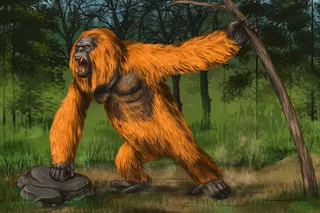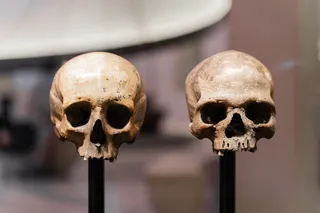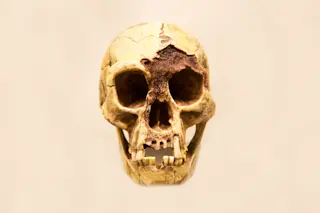Paleoanthropologist Briana Pobiner wasn't expecting an ancient revelation during a routine examination of a Paleolithic shin bone in 2017. She observed clean, carved cuts on a human tibia that mirrored processed animal food remains, hinting that a human may have butchered and consumed the bone. And this wasn't a one-off find.
Across the English Channel, evidence from the Magdalenian culture echoed Pobiner's find. Here, a staggering 42 percent of prehistoric human bones bore human teeth marks with tools to separate flesh from bones – clear signs that our ancestors, stretching back 1.45 million years ago, engaged in cannibalism.
Initially, this act of "people-eating" may have been a brutal necessity. The harsh realities of the Ice Age – scarce food, rising population and the limitations of hunter-gatherer life drove tribes to eat each other for sheer survival. However, as societies evolved, so did the motivations behind cannibalism.
But before you imagine ...














